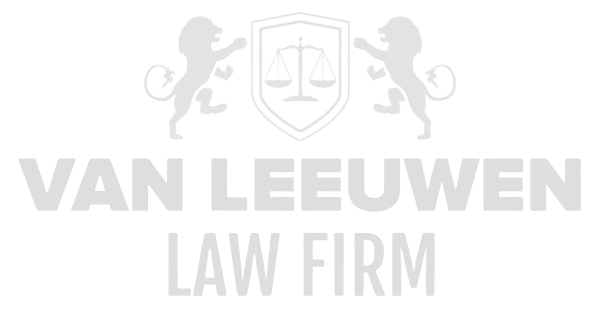Optimizing the legal function involves strategically enhancing its efficiency, effectiveness, and value within an organization. Here are some key steps to optimize your legal function:
Evaluate Current Processes: Conduct a thorough assessment of your legal department’s existing processes and workflows. Identify areas that are time-consuming, redundant, or inefficient. This evaluation will help you pinpoint opportunities for improvement.
Implement Legal Technology: Adopt legal technology solutions that streamline and automate legal processes. Consider tools for contract management, e-discovery, document automation, legal research, and matter management. Legal technology can improve efficiency, reduce manual work, enhance collaboration, and provide data-driven insights.
Embrace Legal Project Management: Apply project management principles to legal matters and initiatives. Define clear objectives, establish timelines, allocate resources effectively, and monitor progress. Legal project management improves efficiency, enhances communication, and ensures timely delivery of legal services.
Leverage Alternative Legal Service Providers (ALSPs): Engage ALSPs for specialized legal tasks or overflow work. ALSPs offer cost-effective solutions, including contract management, regulatory compliance, litigation support, and legal research. Partnering with ALSPs can enhance scalability, flexibility, and cost-efficiency.
Foster Collaboration and Communication: Promote collaboration and effective communication within the legal department and with other departments. Encourage knowledge sharing, cross-functional collaboration, and regular interactions with stakeholders. Open lines of communication improve efficiency, alignment, and the overall value of legal services.
Develop Legal Operations: Establish a legal operations function or adopt legal operations practices within your department. Legal operations professionals focus on process improvement, vendor management, technology implementation, and strategic planning. Legal operations optimize workflows, control costs, and enhance overall effectiveness.
Enhance Risk Management and Compliance: Strengthen your legal department’s risk management and compliance capabilities. Develop or refine processes for identifying, assessing, and mitigating legal risks. Stay updated on relevant laws and regulations and ensure compliance across the organization.
Invest in Professional Development: Provide ongoing training and development opportunities for legal professionals. Offer programs that enhance legal knowledge, technological proficiency, project management skills, and business acumen. Continuous learning enables legal professionals to adapt to changing demands and deliver high-quality legal services.
Measure and Track Performance: Establish key performance indicators (KPIs) to monitor and evaluate the performance of the legal function. Track metrics such as response times, cost savings, client satisfaction, and compliance rates. Regularly review performance data to identify areas for improvement and make data-driven decisions.
Align with Business Strategy: Align the goals and objectives of the legal function with the broader strategic priorities of the organization. Understand the business’s needs, industry landscape, and long-term objectives. This alignment ensures that legal services support the organization’s growth and mitigate legal risks effectively.
By following these steps, you can optimize your legal function, enhance efficiency, reduce costs, and deliver greater value to your organization. Continuous improvement, technology adoption, collaboration, and strategic alignment are key factors in achieving an optimized legal function.


